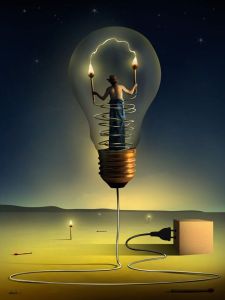
We are walking on a thin thread of hope, which is really a narrow beam of light, which arced from a small spark in a street lamp 200 years ago.
We were a premiere light city in 1816, with the first gas street lamps in America; and, we are a premiere light city today as we host the first ever large-scale international light festival in the country.
“Light City” Baltimore is an ambitious and bold undertaking as we move forward in our commitment to become a more responsible and equitable society.
“Light City” reminds us that brilliant imagination and unabashed creativity have long 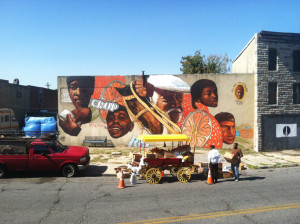 found unique expression in every Baltimore neighborhood. And, “Light City” reaffirms for Baltimore that much of the illumination we need to foster innovation and transformation will originate in our city’s own neighborhoods.
found unique expression in every Baltimore neighborhood. And, “Light City” reaffirms for Baltimore that much of the illumination we need to foster innovation and transformation will originate in our city’s own neighborhoods.
“Light City U” has gathered an impressive faculty of thought leaders and change makers. Bold innovators, who are working locally and internationally to promote social justice through novel approaches that explore the potential in the myriad ways we create and foster healthy, sustainable, and vibrant communities. Let’s hope that their brilliance shines a light bright enough to illuminate the potential in all of our neighborhoods and strong enough to inspire the free and welcome expression of great ideas from so many voices that often go unheard.
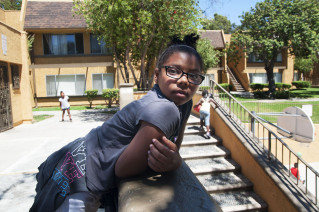
Dayvon Love, co-founder of “Leaders of a Beautiful Struggle,” gets it right, I think, when he says that we have to stop thinking of ways to fix Baltimore and to start thinking about the ways that we can “invest in our ability to help ourselves.” Nothing could be more disempowering than thinking of our city, our communities, as broken and in need of repair – mostly because there are precious few of us, with the exception of young children and visionary artists, who are able to see potential and possibility in what others simply see as broken.
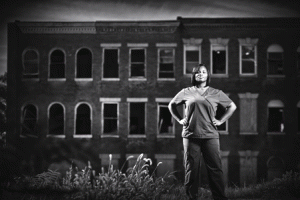
Caroline Center also gets it right by investing all that we have, every day, in women whose lives others may see as more in need of repair than worthy of investment. We choose to invest – through education, opportunities for advancement, career skills training, and meaningful work. And, for the past 20 years, our investment consistently has yielded returns that are exponentially greater than the total number of our graduates. Yes, individual women benefit from Caroline Center’s program; but, their families, communities, and the city as a whole benefit from their successes as well.
Rebecca Solnit, in her recent book Hope in the Dark: Untold Histories, Wild Possibilities, has this sage observation about hope and its fine thread:
 It’s important to say what hope is not. It is not the belief that everything was, is, or will be fine. The evidence is all around us of tremendous suffering and tremendous destruction. The hope I’m interested in is about broad perspectives with specific possibilities, ones that invite or demand that we act. It’s also not a sunny everything-is-getting-better narrative, though it may be a counter to the everything-is-getting-worse narrative. You could call it an account of complexities and uncertainties, with openings.
It’s important to say what hope is not. It is not the belief that everything was, is, or will be fine. The evidence is all around us of tremendous suffering and tremendous destruction. The hope I’m interested in is about broad perspectives with specific possibilities, ones that invite or demand that we act. It’s also not a sunny everything-is-getting-better narrative, though it may be a counter to the everything-is-getting-worse narrative. You could call it an account of complexities and uncertainties, with openings.
The originators and conveners of “Light City” – something wild and unexpected in and of itself – deserve our gratitude for seeing the “wild possibilities” in Baltimore. If we put our hearts and minds to it, we will not disappoint. Amidst our city’s “account of complexities and uncertainties,” let’s encourage each other to look in unfamiliar places, to see the “openings,” and to work toward the “specific possibilities” that will grow the seeds of real and lasting change.
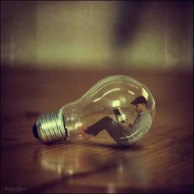
“Bringing Light to Baltimore” was published in The Baltimore Sun, “Light City brings hope,” Readers Respond, April 2, 2016.
Image of figure in a light bulb with arc of light, Marcel Caram; “The Arabbers” by Gaia, Sandtown, Baltimore (2012); Image from “What It Takes,” Ryan Stevenson, RaRah Photo; Street art from Open Walls Baltimore, 12ozProphet, organized by Gaia and Nanook (2012)

I am so proud of Caroline Center. I saw and spoke with the CNA’s who came to the Villa and they were wonderful.